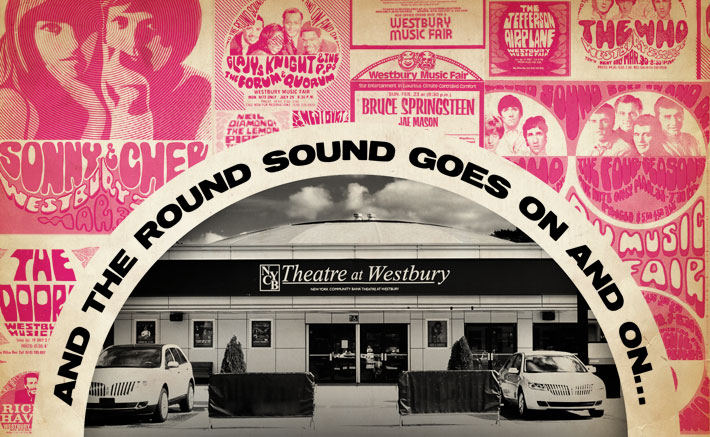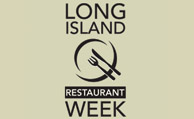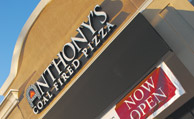
It was April 19, 1968, and The Doors took the stage for their second set.
Most of The Doors, anyway. As keyboardist Ray Manzarek, drummer John Densmore and guitarist Robby Krieger began playing “Peace Frog” to a packed house, lead singer Jim Morrison was nowhere to be found.
Suddenly, there was commotion in the darkness at the back of the room, and Morrison stumbled down one of the ramps leading to the stage. The crowd taunted him as he joined his band mates and began hurling jabs at the audience in between songs and halfway through them.
A familiar tune would start—whether it be “Light My Fire” or “Soul Kitchen”—and Morrison would sing a few lines, rant about something else, then veer off, even picking fights with random audience members. Boos filled the air.
When a security guard attempted to calm the singer down, Morrison grabbed him, pulling him toward the stage. The guard broke free but lost his hat as he fled. Morrison mockingly tried to wear it onstage before he let out an ear-splitting shriek that ended the show.
As the house lights came on, Manzarek, Densmore and Krieger walked off, but the Lizard King lay on the stage howling before returning to his feet and dancing and chanting as if he were possessed.
It was a quintessential moment in rock history—the iconic image of leather-clad Morrison sprawled on the floor amid the amplifiers and gear, microphone in hand, writhing and yelping, forever immortalized by famed rock and roll photographer Ken Regan.
Yet the venue was not San Francisco’s Fillmore, Winterland or even Café Wha? in Greenwich Village. This priceless performance happened right here on Long Island at what was then called the Westbury Music Fair.
The Doors are just one of countless legendary musical acts to have graced the stage of Westbury, now known as the NYCB Theatre at Westbury, a 3,000-seat performance venue famous throughout the industry for its rich history and circular, in-the-round-style, revolving stage.
Originally founded in 1955 as a tented performance space in an abandoned lime pit near a potato field just off the Northern State Parkway, Westbury has hosted everyone from Liberace, The Who and Bruce Springsteen to Charles Aznavour and ZZ Top, to name just a few who’ve wowed generations of Long Islanders.
One of those unforgettable shows had taken place less than two weeks before The Doors’ gigs, just three days after the assassination of Rev. Martin Luther King, Jr., when jazz singer Nina Simone and her band delivered an emotional, nearly 15-minute-long rendition of “Why? (The King of Love Is Dead)” in his honor. The song was written by Simone’s bassist Gene Taylor immediately after hearing of the killing, and with little rehearsal prior to the show, it was dedicated to the slain civil rights leader. The performance stands as one of her most memorable, immortalized on her 1968 album ’Nuff Said! Besides singing, Simone laments with the audience about the tragic loss.
Now celebrating its 57th year, Westbury stands as testament to the indelibility and immortality of live performances and remains an essential part of the very fabric that makes up LI.
So many Long Islanders have gone to see their first concert at Westbury, because it’s hosted artists that span nearly every genre and demographic, from crooners Tony Bennett and Perry Cuomo to The Kinks, Bonnie Raitt, country music stalwarts Willie Nelson and Trace Adkins, R&B aficionados En Vogue and Aretha Franklin, Gen-Xers Counting Crows and Squeeze, jazzbos Wynton Marsalis and Dave Brubeck, blues stalwarts Robert Cray and B.B. King, rockers Aaron Lewis from Staind and Danzig, to countless comedians ranging from Jerry Seinfeld to Andrew Dice Clay.
The venue is not merely surviving, but thriving during a time when so many others—both locally and regionally—have shuttered forever. Massapequa’s Solomon Grundy’s, Plainview’s Vanderbilt, Long Beach’s Malibu, Island Park’s The Action House, West Islip’s Hammerheads, Farmingdale’s Crazy Donkey, Manhattan’s CBGBs and Max’s Kansas City are but a few. Earlier this month longtime blues and jazz club Kenny’s Castaways in the Village joined those ranks.
Perhaps Westbury’s longevity is by design. Jason Stone, senior vice president of booking for monolithic concert promotion company Live Nation—the largest live entertainment and eCommerce company in the world—tells the Press that Westbury offers patrons an experience that music lovers simply can’t find anywhere else.
“Westbury’s importance is tantamount to no other venue in suburban locations,” he says. “She has been the presenter of everything from Jim Morrison and The Doors to Janis Joplin. Westbury has the local history of performance from Judy Garland and Lena Horne to Frank Sinatra and Benny Goodman.”
In addition to its status in the annals of rock history, the venue has also been—and remains—a driving force in shaping the pop culture landscape of today.
“In the contemporary world, let’s remember that Britney Spears, 98 Degrees and ‘N Sync started their careers at Westbury,” he adds. “In comedy, we can remember shows with Johnny Carson, George Carlin, Rodney Dangerfield, Bob Hope, Henny Youngman, among other greats. The list would take up your whole newspaper if I listed the greatest names of music and comedy that have performed at Westbury.”
Stone should know. He’s been in the music business for more than 37 years, and in his current position is responsible for all of the clubs in the general New York Northeast market, including NYC’s Irving Plaza, Huntington’s Paramount and the Gramercy Theatre, along with special Live Nation events such as the recent three-day Bamboozle Fest held in Asbury Park back in the spring. That’s in addition to advising and consulting on a national basis all of Live Nation’s theater properties in the House of Blues entertainment division.
It is with Westbury that Stone has had the longest and most complex relationship, and it’s a connection shared by many local major musicians who have also performed there.
“I love going back and I love my hometown,” says Steve Vai, Carle Place’s Grammy-winning guitar virtuoso. “I still have a lot of friends [there] and [whenever] I play Westbury, I look forward to it. The audience is basically half-comped. [At] the end of my show[s], I [may as well] turn the stage around and make the audience my backstage.”
“You sort of have to control your emotions and realize that not everybody wants to hear how excited you are to be in town before going to a concert,” admits John Tesh, the radio, TV and pop music megastar and Garden City native. “It’s fun for me. People show up and it brings back great memories.”








